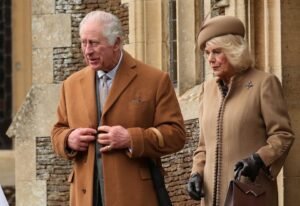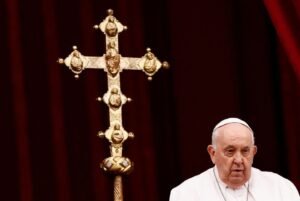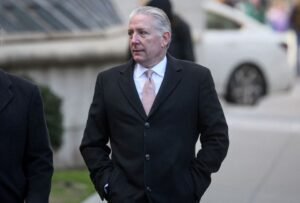Zelenskyy Calls for a European Army as Tensions with Russia Rise
At the Munich Security Conference held in Germany on February 14-15, 2025, Ukrainian President Volodymyr Zelenskyy proposed the formation of a European army to strengthen the continent’s defense. With growing uncertainty over Western military aid and escalating concerns about Russia’s actions, Zelenskyy’s message was clear—Europe must take control of its own security without relying entirely on the United States.
A Call for European Defense Independence
Zelenskyy emphasized that Europe can no longer afford to depend on American military support. His proposal calls for a united European armed force, capable of rapid deployment to counter potential threats. According to Zelenskyy, a collective defense initiative would provide immediate response capabilities and ensure long-term security for the region.
His speech resonates with many European leaders who have voiced concerns over increasing reliance on U.S. decisions. The suggestion of a joint European military structure aligns with growing movements toward greater defense cooperation among EU nations. However, turning this vision into reality would require overcoming significant political and logistical obstacles.
Russia’s Continuous Military Posturing
Zelenskyy also raised alarms over Russia’s military maneuvers, especially its alleged plans to station troops in Belarus under the pretense of military exercises in mid-2025. According to him, these moves indicate that Russia is focused on prolonging its military aggression rather than working toward peace.
In private discussions at the conference, Zelenskyy met with high-ranking U.S. officials, including Vice President JD Vance, Secretary of State Marco Rubio, and Defense Secretary Pete Hegseth. While the U.S. reaffirmed its support for Ukraine, Hegseth expressed doubts about Ukraine’s ability to regain its pre-2014 borders or achieve NATO membership in the near future.
U.S. Policy: A Shift from Military Aid to Economic Support
While Ukraine remains committed to joining NATO, recent discussions at the conference revealed a more cautious U.S. stance. President Donald Trump confirmed that American troops would not be deployed to Ukraine. However, he proposed an alternative form of support—economic cooperation, particularly in Ukraine’s critical minerals industry.
This signals a potential shift in U.S. support, prioritizing financial investment over direct military involvement. Further adding to Ukrainian concerns, Trump hinted at a possible U.S.-Russia meeting. Ukrainian officials fear that any agreement between Washington and Moscow that excludes Kyiv could have serious consequences for European security. However, Trump later reassured Ukraine that it would be involved in any major diplomatic negotiations.
An Alternative Security Alliance in Eastern Europe
Recognizing the uncertainty surrounding NATO membership, Zelenskyy introduced another strategy—a regional security alliance involving Ukraine, the Baltic states, Finland, and possibly Belarus, should it distance itself from Russian influence. This concept of a “mini-NATO” within Eastern Europe reflects Kyiv’s effort to secure military partnerships outside of the official NATO structure.
The Road Ahead for Ukraine and Europe
Zelenskyy’s call to action comes at a pivotal time, as Russia remains a looming threat. Meanwhile, the U.S. appears to be shifting its focus from direct military aid to economic partnerships. As a result, European leaders must now confront the challenge of building a self-reliant defense system.
His proposal for a European army is ambitious, reflecting Ukraine’s pressing need for reliable allies. Whether the EU will take meaningful steps towards forming a joint military force remains uncertain. However, one thing is clear—Ukraine’s fight for security and sovereignty continues, and the outcomes of these discussions in Munich may shape the future of European defense strategy.


































Comment Template